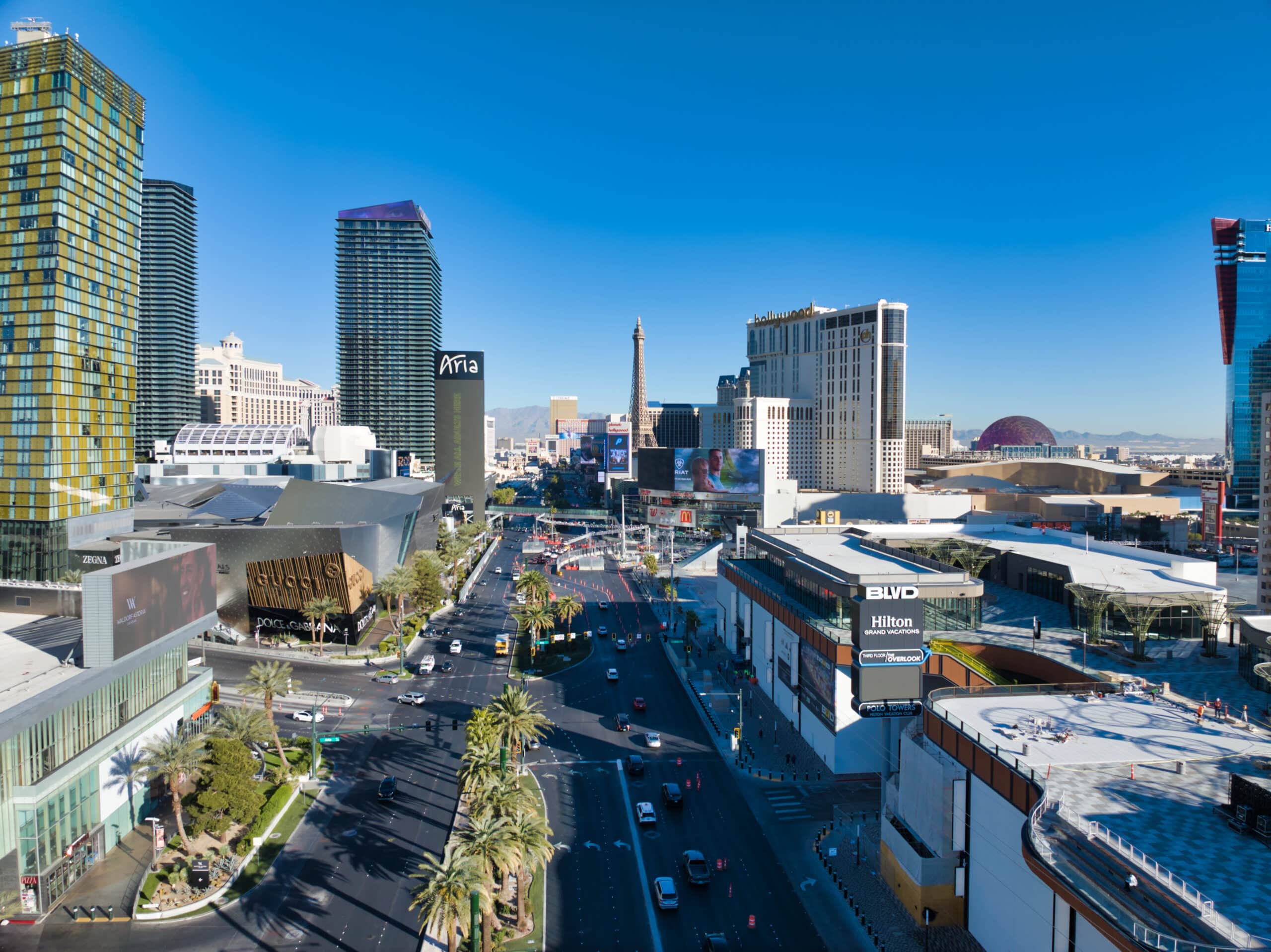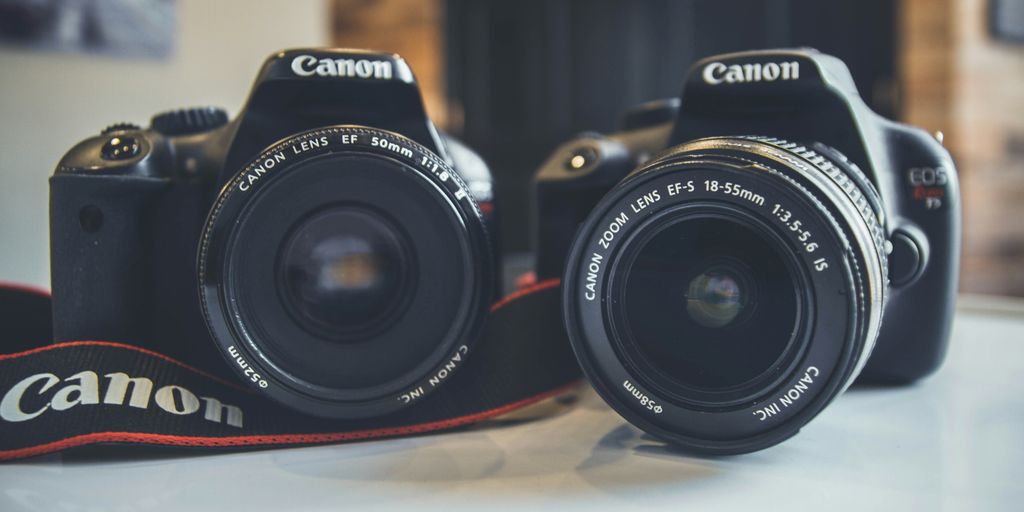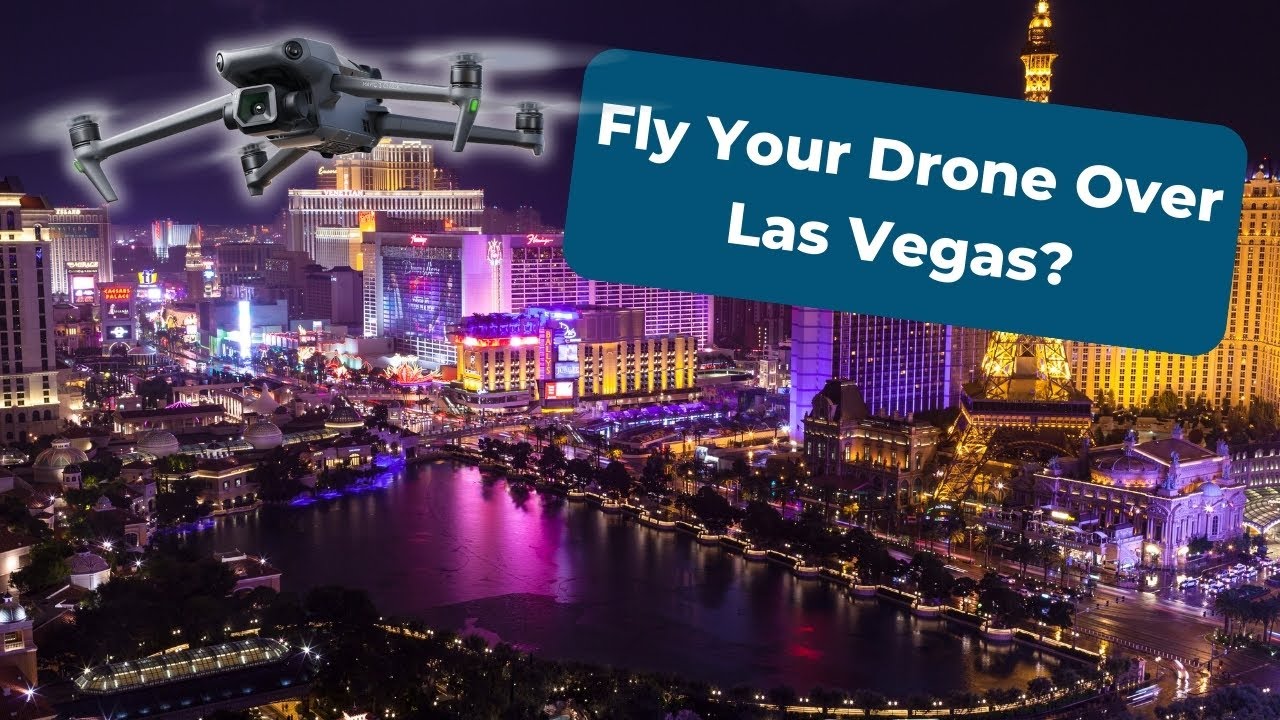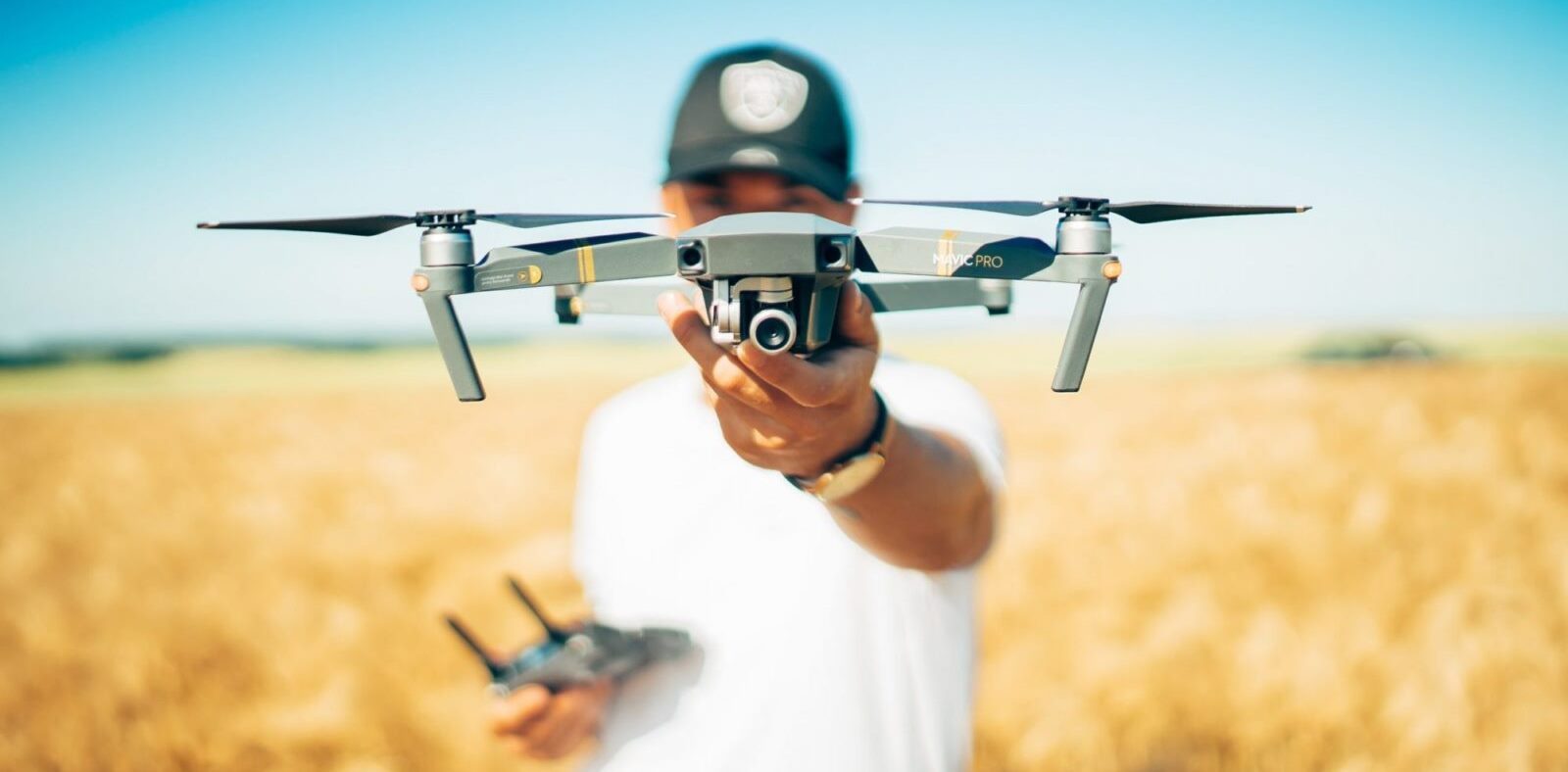
Aerial Photography at Its Finest. Aerial photography is a captivating art form that enables photographers to capture the beauty of the sky from unique vantage points. With the advancement of technology and the availability of specialized equipment, aerial photographers can now explore different angles and compositions to create stunning images. In this article, we will delve into the art of aerial photography, analyze its impact, and discuss the challenges and rewards that come with it.
Key Takeaways
- Mastering aerial photography techniques is essential to capturing breathtaking images.
- Choosing the right equipment, such as drones or helicopters, is crucial for successful aerial photography.
- Understanding composition principles, such as leading lines and the rule of thirds, helps create visually appealing aerial photographs.
- Dealing with weather challenges, such as wind and changing light conditions, requires adaptability and patience.
- Exploring different perspectives through aerial photography allows the capture of unique urban landscapes, natural wonders, hidden patterns, and architectural marvels.
The Art of Aerial Photography
Mastering the Techniques
Aerial photography requires a combination of technical skill and artistic vision. It is essential to master the techniques of operating a drone and capturing stunning aerial shots. One must learn to control and navigate the drone in different environments. Additionally, understanding the camera settings and adjusting them according to the lighting conditions is crucial for achieving the desired results. Attention to detail is crucial in aerial photography, as even the slightest adjustments can have a significant impact on the final image.
Choosing the Right Equipment
When it comes to aerial photography, having the right equipment is crucial. A high-quality drone is one of the most essential tools for capturing stunning aerial shots. Drones allow photographers to reach new heights and explore unique perspectives. They offer stability, maneuverability, and the ability to capture high-resolution images and videos. The DJI Air 3 has been recognized as one of the best drones for photographers and videographers, according to The New York Times[^34f4]. With its advanced features and reliable performance, it is a popular choice among professionals in the industry.
Understanding Composition
Composition is a crucial element in aerial photography. It involves arranging the various components within the frame to create a visually pleasing and balanced image. Attention to detail is vital when composing aerial shots. Photographers can create stunning images that capture the viewer’s attention by carefully considering the placement of objects, lines, and patterns. Additionally, perspective plays a significant role in composition. Aerial photography offers a unique perspective that allows photographers to showcase landscapes and structures from a bird’s-eye view, providing a fresh and captivating angle.
Dealing with Weather Challenges
When it comes to aerial photography, weather conditions play a crucial role in the success of a shoot. Dealing with moisture is one of the critical considerations that photographers must remember. After flying in wet conditions, it is essential to thoroughly dry and inspect the drone to prevent potential damage. Moisture can seep into the delicate components of the drone, causing malfunctions or even permanent damage. Taking the time to properly dry the drone and ensure it is in optimal condition before the next flight is essential for the longevity of the equipment.
Exploring Different Perspectives

Capturing Urban Landscapes
Urban landscapes offer a unique perspective from above, revealing the hidden beauty of cities. Aerial photography enables us to examine the intricate details and patterns that are often overlooked at ground level. From towering skyscrapers to bustling streets, aerial images showcase the grandeur and complexity of urban environments. The juxtaposition of nature and artificial structures creates a genuinely captivating and visually stunning contrast. Photographers can present a fresh and awe-inspiring view of the world by capturing urban landscapes from above.
Unveiling Natural Wonders
Aerial photography enables us to capture the breathtaking beauty of nature from a unique vantage point. From the majestic mountains to the stunning coastlines, unveiling the world’s natural wonders is a truly awe-inspiring experience. With the ability to soar high above the ground, aerial photographers can showcase the grandeur of landscapes and reveal hidden gems that are often inaccessible from the ground.
Aerial photography also enables us to appreciate the intricate patterns and formations of nature. From the mesmerizing symmetry of a snow-covered forest to the intricate details of a coral reef, capturing these hidden patterns allows us to see the world in a new light.
Whether it’s the vibrant colors of a sunset over a vast desert or the serene beauty of a secluded waterfall, aerial photography allows us to immerse ourselves in the world’s natural wonders and appreciate their true magnificence.
Revealing Hidden Patterns
Aerial photography provides a unique perspective, enabling photographers to capture hidden patterns that are not readily visible from the ground. By soaring above the landscape, photographers can reveal intricate details and symmetrical formations that may go unnoticed at eye level. These hidden patterns can be found in various natural and artificial environments, from the mesmerizing geometric shapes of crop fields to the repetitive patterns of city streets. Exploring these hidden patterns through aerial photography provides a fascinating glimpse into the world around us.
Showcasing Architectural Marvels
Aerial photography enables photographers to capture stunning views of architectural marvels from a unique vantage point. By soaring above the buildings, photographers can showcase the intricate details and grandeur of these structures. The aerial vantage point offers a fresh and captivating view, highlighting the scale and design of the architecture. Whether it’s capturing the towering skyscrapers of a bustling city or the intricate patterns of a historic cathedral, aerial photography brings out the beauty and artistry of architectural marvels.
The Impact of Aerial Photography

Inspiring Environmental Awareness
Aerial photography has the power to highlight the beauty and fragility of our natural environment. By capturing stunning images from above, photographers can showcase the intricate patterns and vibrant colors of landscapes, forests, and bodies of water. These images can evoke a sense of awe and wonder, reminding viewers of the importance of preserving and protecting our planet. Aerial photography can also document environmental changes over time, such as deforestation or the melting of glaciers, providing visual evidence of the impact of human activities on the Earth.
Documenting Human Activities
Aerial photography offers a unique perspective for documenting human activities. From capturing bustling city streets to showcasing people’s daily routines in remote areas, aerial photographs provide a bird’s-eye view of human life. These photographs can document events, festivals, and cultural practices, giving viewers a glimpse into different cultures and traditions. They can also be used to study urban development and infrastructure, providing valuable insights for urban planners and researchers.
Promoting Tourism and Travel
Aerial photography has become an invaluable tool for promoting tourism and travel. Photographers can entice potential visitors with a unique perspective by capturing stunning aerial views of popular tourist destinations. Breathtaking shots of famous landmarks, pristine beaches, and vibrant cityscapes can instantly grab the attention of travelers and ignite their wanderlust.
In addition to showcasing the beauty of these destinations, aerial photography can highlight lesser-known gems that may be off the beaten path. Hidden waterfalls, secluded islands, and picturesque countryside can be discovered through aerial shots, encouraging travelers to explore beyond the usual tourist hotspots.
Photographers can create a table presenting essential information about each destination to enhance the promotional impact. This could include popular attractions, local cuisine, and recommended activities. By providing this structured data, potential tourists can easily compare and choose their next destination.
Tip: When promoting tourism and travel through aerial photography, it’s important to capture the essence and unique features of each location. Highlighting the distinct cultural heritage, natural wonders, and architectural marvels can create a sense of curiosity and excitement among potential travelers.
By leveraging the power of aerial photography, the tourism and travel industries can effectively market their destinations and attract a wider audience.
Enhancing Real Estate Marketing
Aerial photography offers a unique perspective that can significantly enhance real estate marketing. Potential buyers can better understand the layout, size, and surrounding environment by capturing stunning aerial views of properties. This can help them visualize themselves living on the property and make more informed decisions. Additionally, aerial photography can showcase the property’s proximity to amenities such as parks, schools, and shopping centers, highlighting its desirability. Real estate agents can use high-quality aerial images to create visually compelling listings that stand out.
Challenges and Rewards

Navigating Legal and Safety Regulations
Regarding aerial photography, it is crucial to prioritize safety and comply with the necessary regulations. One important regulation to be aware of is Part 107 of the FAA regulations, which governs the use of drones for commercial purposes. To ensure legal compliance, drone operators must obtain a remote pilot certificate and follow specific flying guidelines. This includes maintaining a visual line of sight with the drone, flying below 400 feet above ground level, and avoiding restricted airspace.
In addition to FAA regulations, it is also essential to be aware of local laws and regulations regarding drone usage. Some areas may restrict flying drones in specific locations or at certain times. Researching and understanding these regulations is essential before conducting any aerial photography.
To help drone operators navigate the legal and safety aspects of aerial photography, here are some essential tips:
- Obtain a remote pilot certificate from the FAA.
- Familiarize yourself with Part 107 regulations and guidelines.
- Research and comply with local laws and regulations.
- Stay updated on any changes or updates to drone regulations.
Remember, prioritizing safety and adhering to rules and regulations is essential for both legal compliance and ensuring the safety of yourself, others, and the environment.
Overcoming Technical Limitations
Aerial photography presents unique technical challenges that photographers must overcome to capture stunning images. One of the main limitations is the camera’s instability in flight. Ensuring a stable platform is crucial for achieving sharp and clear photos. Photographers often use specialized equipment such as gimbals and stabilizers to minimize camera shake and vibrations. Another technical limitation is the limited battery life of drones. Managing battery usage and planning flights accordingly is essential to maximize the time available for capturing images. Additionally, the remote control’s range and signal strength can affect the drone’s control and maneuverability, requiring photographers to be mindful of their surroundings and potential interference.
Finding Unique Shooting Locations
Finding unique shooting locations is essential for capturing breathtaking aerial photographs. Here are some tips to help you discover the perfect spots:
- Research and scout: Before heading out, thoroughly research potential locations to ensure you’re prepared. Look for exciting landmarks, natural formations, or architectural marvels that would make for stunning aerial shots. Visit the locations beforehand to understand the surroundings and identify any potential challenges that may arise.
- Collaborate with locals: Engaging with locals can provide valuable insights into hidden gems that outsiders may not be aware of. They can guide you to lesser-known spots that offer unique perspectives, allowing you to capture the essence of a place.
- Experiment with angles: Don’t be afraid to experiment with different angles and perspectives. Changing the altitude, distance, or direction can completely transform the composition of your photograph. Play around with various settings to find the most captivating viewpoint.
- Consider safety and regulations: Always prioritize safety when choosing shooting locations. Familiarize yourself with local laws and obtain any necessary permits or permissions. Respect private property and sensitive areas to ensure a responsible and ethical approach to aerial photography.
Finding unique shooting locations requires patience, creativity, and a keen eye for detail. You can capture extraordinary aerial photographs by exploring lesser-known spots and experimenting with different perspectives.
Celebrating the Beauty of the Sky
Aerial photography enables us to capture the breathtaking beauty of the sky and showcase it in a unique and captivating way. From vibrant sunsets to dramatic cloud formations, the sky provides a stunning backdrop for our photographs. It is a constant source of inspiration, reminding us of the vastness and wonder of the world above us.
Conclusion
In conclusion, aerial photography offers a unique perspective that allows us to appreciate the beauty of the sky in ways we never thought possible. From capturing stunning landscapes to revealing hidden patterns and textures, aerial photography has revolutionized our perception of the world. Whether it’s the vibrant colors of a sunset or the intricate details of a cityscape, aerial photographers can capture moments that take our breath away. So next time you look up at the sky, remember the incredible artistry that can be found in the aerial photographs that grace our screens and galleries.
Frequently Asked Questions
What is aerial photography?
Aerial photography involves taking photographs from an elevated perspective, typically using drones, helicopters, or airplanes.
What are the benefits of aerial photography?
Aerial photography offers a unique and captivating world view, allowing for stunning landscape shots, architectural documentation, and environmental monitoring.
What equipment is needed for aerial photography?
The equipment needed for aerial photography includes a camera, a stabilizing device such as a gimbal, and a drone or aircraft capable of carrying the camera.
Are there any legal restrictions for aerial photography?
Yes, aerial photography has legal restrictions, particularly when involving the use of drones. Researching, complying with local regulations, and obtaining necessary permits are essential.
How do photographers deal with weather challenges in aerial photography?
Photographers must carefully plan their aerial photography sessions, taking into account weather conditions such as wind, rain, and fog. They may need to reschedule or adjust their shooting locations accordingly.
Can aerial photography be used for commercial purposes?
Yes, aerial photography can be utilized for commercial purposes, including real estate marketing, tourism promotion, and environmental monitoring. However, it is critical to comply with legal and licensing requirements.





Comments are closed.